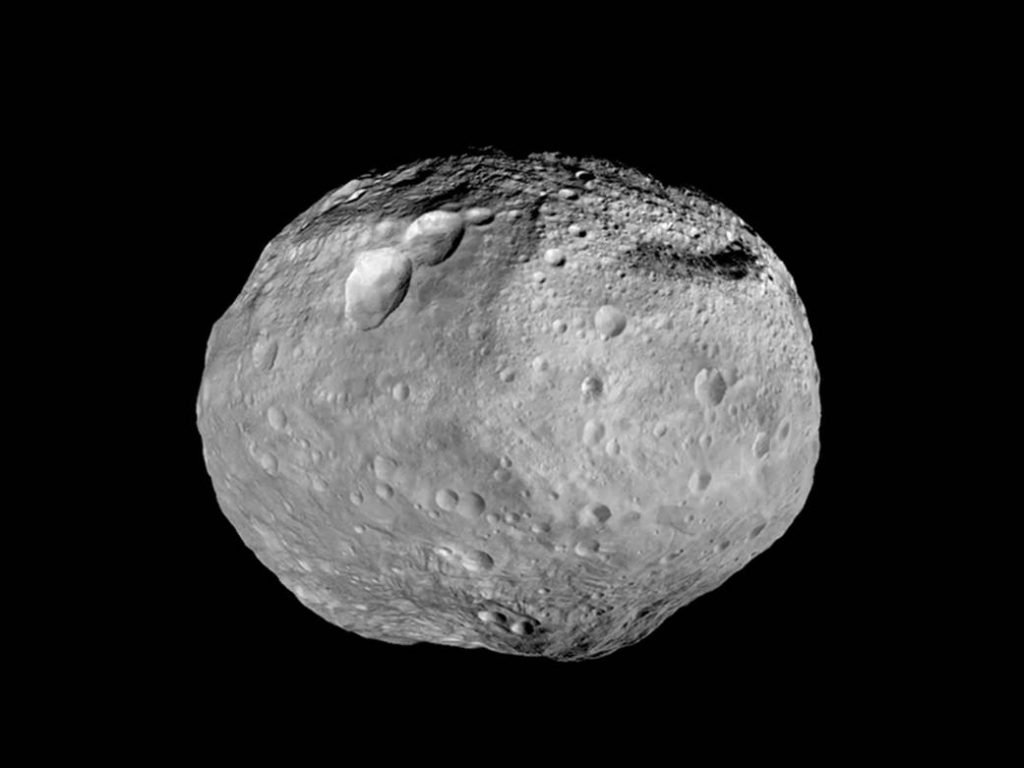by Erich Karksochka

Mercury and Venus are visible low in the west at dusk. Mercury is almost 10 degrees higher than Venus and easier to see. After
mid-month. their separation decreases and Venus appears far brighter than Mercury. Mercury is visible naked eye until the 26th.

On the 28th, as Mercury is stationary, Venus passes by
at only half a degree distance. In a telescope, their two disks
match in size, but Venus is 300 times brighter and 98 %
illuminated, Mercury only
13 % illuminated.

Mars is still an early evening planet, wandering through Gemini.

Jupiter rises before 2 am and comes about 30 degrees high during dawn. It is separated from Saturn by about 18 degrees.

Saturn rises before 2 am and comes about 30 degrees high during dawn. It is separated from Jupiter by about 18 degrees.

Vesta is still 7th magnitude in Leo, an easy object for binoculars.


